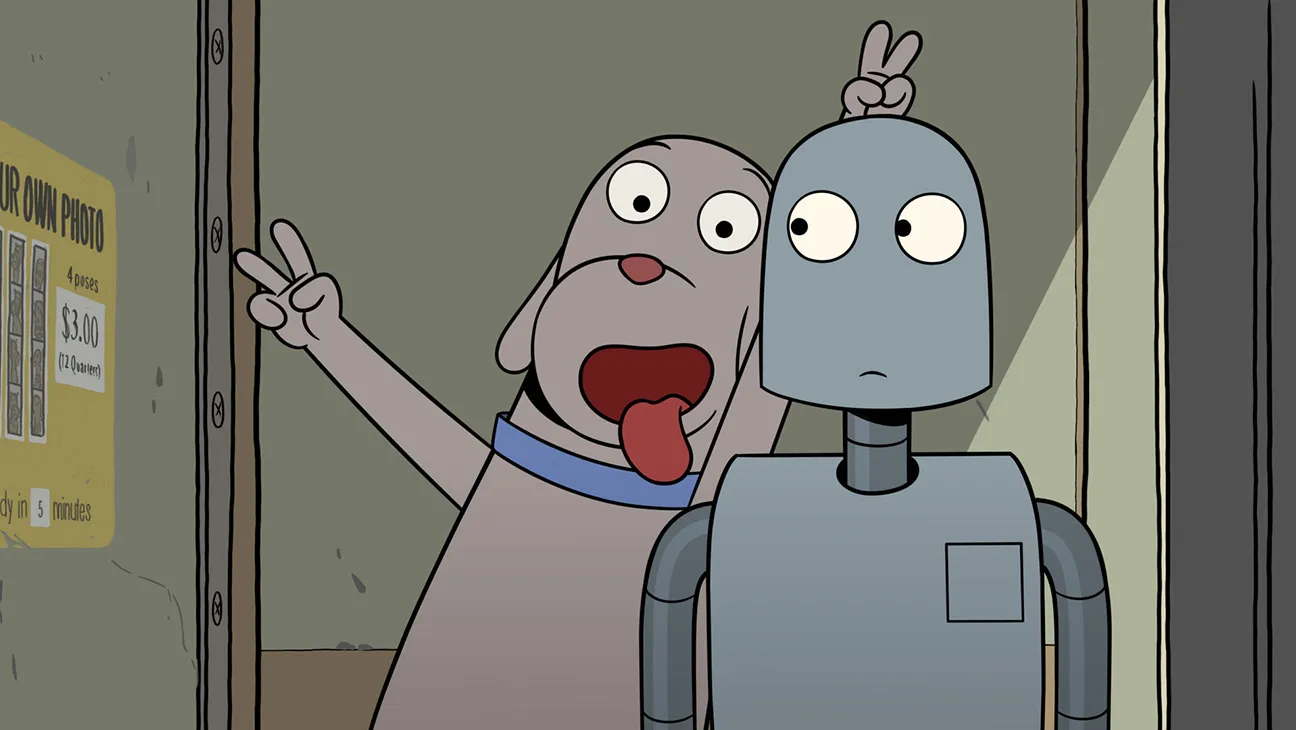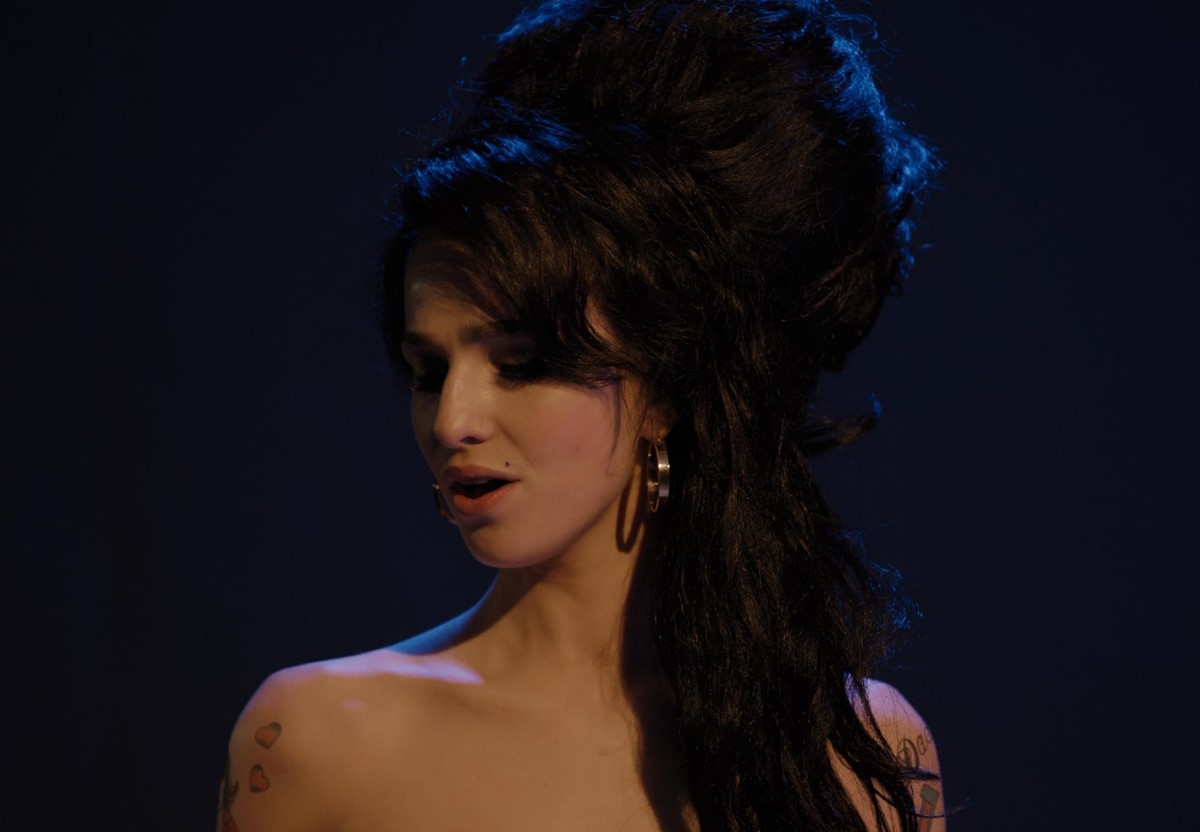The most eagerly awaited terror film since The Exorcists!
by Jim Wynorski
It’s been a long wait—close to three years—since Stanley Kubrick announced his intention to enter the horror field full-blast with the film adaptation of Stephen King’s runaway best-seller, The Shining. Now that the film has opened in New York and Los Angeles, with national release soon to follow, horror fans and film aficionados alike are ready to reap the rewards of their patience by seeing the movie already heralded as “the terror film of the century.”
Though the Overlook Hotel has been updated from the novel to the modem resort of the film, Kubrick’s masterful direction stresses the ominous appearance of its imposing facade; the terrifying makeup effects by Christopher Tucker easily surpass his acclaimed work for Star Wars and The Boys from Brazil.
Equally praiseworthy is the synthesized score by Wendy Carlos, who initially gained fame with her LP Switched-On Bach and her performance of the soundtrack for Kubrick’s A Clockwork Orange. The score, ranging from chilly baroque to synthetic growls and heart-thumps, is a stunning accompaniment to Kubrick’s feast of visual horrors.
Before the film’s opening, Stanley Kubrick remained fully sequestered—practically a tradition for the filmmaker, since the release of 2001—and rumors began to fly; rumors that Kubrick was still unsure of the ending, or wanted to re-shoot certain scenes, or was otherwise frantically attempting to save a failed film.
Part of the reason for this rumor-mongering is Kubrick’s own penchant for privacy prior to a film’s opening. But it might also be attributed to the misgivings expressed by others involved with the project—in private, by Jack Nicholson, and in the press by Stephen King.
“I really had little to do with the actual shooting,” says King, “but, like Arthur Clarke on 2001: A Space Odyssey, I was consulted on the storyline. During our first talk, Stanley mentioned that he’d like to change the ending—have all the main leads killed off, and return them later as ghosts. I told him the audiences would have his head if faced with the slaughter of characters they cared about.”
As King pointed out in an earlier Fangoria interview (issue #3), the “hedge animals” that come to life in the novel were deleted from the script because of the acknowledged impossibility of realistically portraying such ominous, living shrubs on screen. Kubrick’s substitution of a scene in which young Danny is pursued by his maniac father through a labyrinthine maze sculpted from the hedges of the hotel’s expansive lawn.
Despite King’s reservations about the film’s casting—he would rather have seen Michael Moriarity or Martin Sheen in the role of Jack Torrence—The Shining is a welcome return to the horror field by the Academy Award-winning actor Jack Nicholson. Having begun his career in the low-budget fright films of Roger Corman in the early 60s, Nicholson cut his teeth on roles in such films as Little Shop of Horrors, The Raven and The Terror—the last shot in a record three days and co-starring macabre-film great Boris Karloff. “That show is immortal,” Nicholson jokingly stated in an interview just prior to the start of production on The Shining. “It was the only completely scripted movie in the history of Hollywood in which there is actually no story whatsoever. Perhaps that’s why they decided to call it The Terror. Nevertheless, it could be the most discussed piece of work in my career. . . I’m sorry to say!” This last statement, of course , will no longer hold true, now that The Shining is eliciting reams of appraisal and interpretation from critics and press around the globe.
As many have pointed out, the Overlook Hotel can itself be considered the film’s lead character. The Shining is a showcase for the elaborate sets which, according to one Warner Brothers source, were constructed to Kubrick’s exacting specifications at a cost approaching $2 million!
In an effort to capture the hauntingly oppressive mood that prevails throughout the novel, absolutely no expense was spared in crafting an entire network of unsettling hallways, rooms and corridors. Totally abandoning the use of stock horror film trappings—the skulls, cobwebs and dust-laden rooms that are the mainstays of traditional terror—Kubrick chose instead to create a real reeling of foreboding by personally selecting pieces of odd furniture, creepy paintings and unusual props.
The Shining‘s coming attractions trailer proved a reliable harbinger of Kubrick’s approach to screen shock, beginning with a static shot of the hotel’s prosaic but still unnerving elevator banks. With the conclusion of the trailer, the doors abruptly crack open and the frame is suddenly inundated with wave after wave of thick, oozing, red blood.
Stunned audiences who saw this grizly preview could have hardly imagined it was only a preview to the gallery of shocks scattered liberally throughout the picture. For instance, there’s the gut-wrenching rotting corpse sequence, in which psychic Danny is lured onward to doom by the restless spirit of a long- deceased matron. For this particular shot, Kubrick photographed a specially animated female torso constructed exactly as described in the novel.
In King’s own words . . . “The woman in the tub had been dead for a long time. She was bloated and purple, her gas-filled belly rising out of the cold, ice-rimmed water like some fleshy island! Her eyes were fixed on Danny’s, glassy and huge, like marbles. Her hands were frozen on the knurled porcelain sides of the tub like crab claws.” Now even the most jaded horror film buff could not help but be affected when confronted by such a ghastly tableau!
Both Kubrick and King merit congratulations for making The Shining one of the most overpowering experiences of horror ever committed to celluloid. It manages to treat intangible, elusive subjects—ghosts, demons, spirits and the like—as if they were as real as this morning’s headlines. As Kubrick himself stated while filming 2001: “It seems rather presumptuous to believe that in the space of a few hundred years, we’ve figured out most of what there is to know.” It was a thought that served him well in the making of a science-fiction masterpiece.
And now, a little more than a dozen years later, the same philosophy has spawned what many are justifiably labeling “the new high-water mark in horror.” But whether this film will ultimately supercede such diverse classics as Frankenstein, Psycho or The Exorcist is a question only time can answer . What can safely be stated now is that Stanley Kubrick’s vision of The Shining is—without question—unlike any other thriller made to date. If you haven’t already seen it, prepare yourself for an overwhelming cinematic “BOO!”
Fangoria Issue #7, August 1980; pp. 21-23




